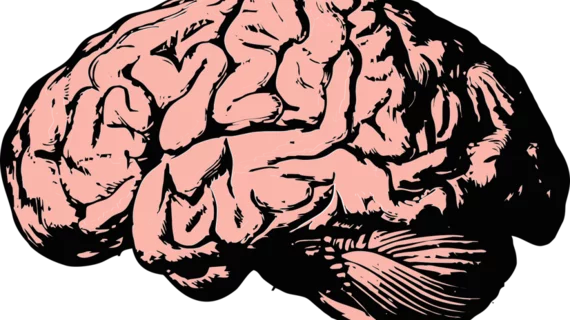What causes cognitive decline in so many patients after a subcortical stroke?
After patients have a subcortical stroke in the right hemisphere of their brain, more than one in three experience cognitive decline. That decline may be the result of damage to specific pathways in the brain, according to a new study published in Radiology.
“Impairment of attention has been observed in patients with both cortical and subcortical stroke,” senior author Chunshui Yu, MD, from the department of radiology at Tianjin Medical University General Hospital in Tianjin, China, said in a prepared statement. “In cortical stroke, the direct involvement of cortical regions associated with attention may account for the deficit. However, the parts of the nervous and brain systems underlying attention deficit in subcortical stroke remain largely unknown.”
The authors used voxel-based lesion-symptom mapping (VLSM) and diffusion-tensor tractography to study imaging data from 49 patients with subcortical strokes and 52 control subjects. They found that patients who had experienced a subcortical stroke “exhibited prolonged reaction time.” Also, “acute stroke lesions in the right caudate nucleus and nearby white matter” were correlated to prolonged reaction times.
“The impairment of the right thalamic- and caudate-prefrontal pathways was consistently associated with attention deficit in patients with right subcortical stroke,” Yu said in the same statement. “Based on this association, one can estimate which patients with stroke would be more likely to develop into long-term persisting attention deficit by evaluating the lesion-induced damage to these pathways.”

